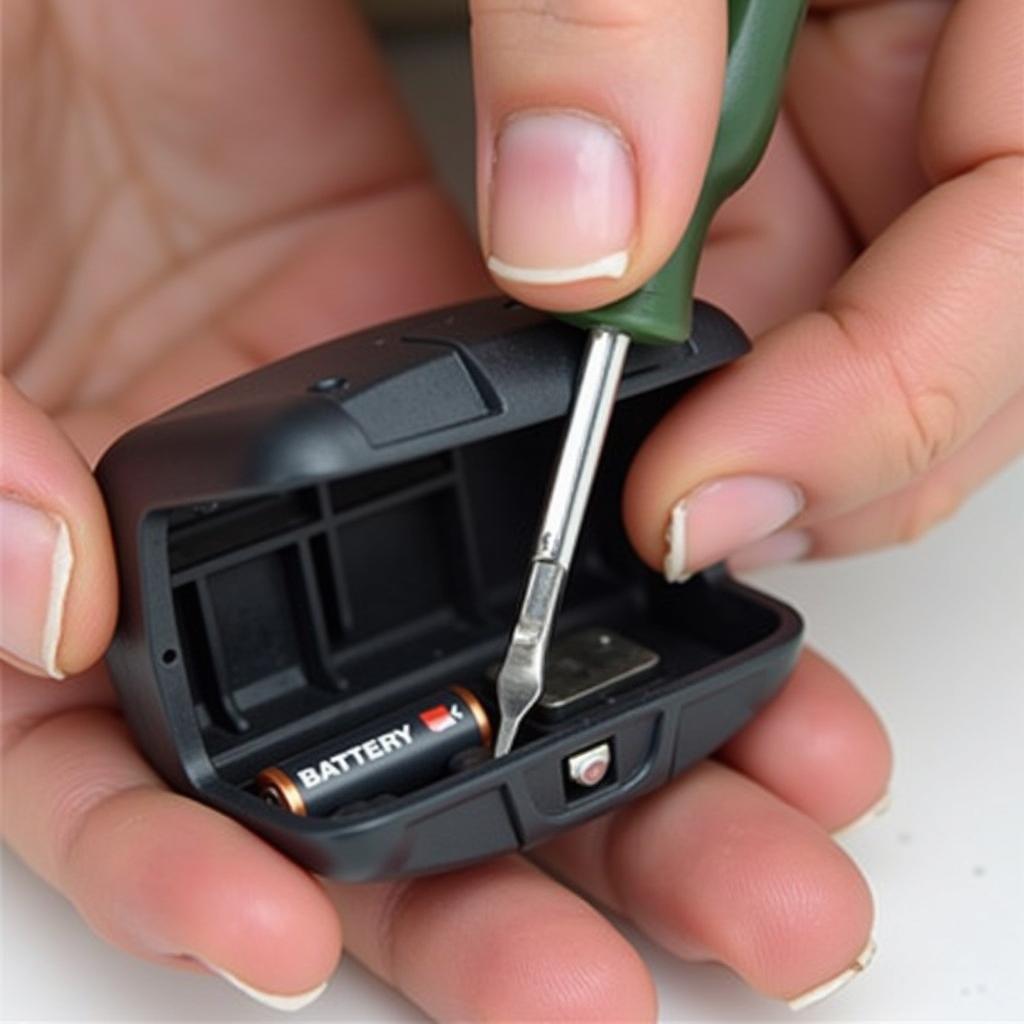Let’s face it – we all love a good jam session on the road. But what happens when your car stereo is stuck in the technological Stone Age, devoid of that magical wireless technology known as Bluetooth? Don’t despair! You can still pump up the volume on your favorite tunes. This comprehensive guide will navigate you through various methods for playing music in your car, even without Bluetooth.
Understanding Your Car Audio System
Before diving into solutions, it’s essential to understand the capabilities of your car’s audio system. Does it have a CD player? An auxiliary input (AUX)? Maybe a USB port? Identifying these features will help you determine the best course of action.
Common Car Stereo Connectivity Issues
Sometimes, the problem isn’t the lack of Bluetooth but rather an underlying issue with your car stereo. Here are a few common culprits:
- Faulty Wiring: Loose or damaged wiring can disrupt audio signals, causing static, intermittent sound, or complete silence.
- Outdated Software: Just like our phones, car stereos often require software updates to function optimally. An outdated system might have compatibility issues with newer devices.
- Hardware Malfunctions: Unfortunately, components within your car stereo can malfunction, leading to various audio problems.
Diagnosing the Problem
Before assuming the worst, try these simple troubleshooting steps:
- Check Your Connections: Ensure all cables are securely connected and free of damage.
- Restart Your Stereo: Sometimes, a simple reset can resolve minor software glitches.
- Consult Your Owner’s Manual: Your car’s manual is a treasure trove of information, often providing detailed instructions and troubleshooting tips specific to your audio system.
Playing Music Without Bluetooth: Alternative Solutions
Now, let’s explore some practical ways to enjoy your music library on the go:
1. AUX Input: The Old Reliable
The auxiliary input, commonly known as the AUX port, is a 3.5mm jack that allows you to connect your phone, MP3 player, or other audio devices directly to your car stereo. Simply use a 3.5mm male-to-male audio cable to connect your device’s headphone jack to the AUX port in your car.
Expert Insight: “The AUX input offers a universal and reliable method for audio playback. It’s a straightforward solution for most older car models,” says Michael Anderson, a seasoned automotive electrician with over 15 years of experience.
2. FM Transmitter: Wireless Freedom, Old-School Style
An FM transmitter plugs into your phone’s headphone jack (or charging port for newer models) and transmits audio signals over an FM radio frequency. Tune your car radio to the designated frequency to enjoy your music wirelessly.
Pro Tip: Experiment with different FM frequencies to find one with minimal static and interference in your area.
3. USB Connection: Direct Digital Audio
Many modern car stereos feature USB ports, enabling you to connect a USB drive or your phone directly. This method often provides superior audio quality compared to FM transmitters.
Did you know? Some car stereos even support Android Auto and Apple CarPlay through a USB connection, granting access to music streaming apps directly on your car’s display.
4. Cassette Adapter: A Blast from the Past
For those clinging to their cassette decks, a cassette adapter offers a nostalgic solution. This device, shaped like a cassette tape, plugs into your phone’s headphone jack. Simply insert the adapter into your car’s cassette player to enjoy your digital music collection.
Important Note: Cassette adapters can produce varying audio quality depending on the model and condition of your cassette player.
Frequently Asked Questions
Can I add Bluetooth to my car radio?
Yes, you can! Several aftermarket Bluetooth receivers and adapters can add Bluetooth functionality to your existing car stereo. These devices typically connect via the AUX input or a dedicated adapter cable.
For more information on adding Bluetooth to your car radio, check out this helpful guide: Can You Add Bluetooth to an Existing Car Radio?
How can I improve the sound quality of my FM transmitter?
To enhance FM transmitter audio quality, try these tips:
- Choose a Clear Frequency: Opt for an FM frequency with minimal static and interference in your area.
- Adjust Transmitter Placement: Experiment with different positions for your FM transmitter within your car to find the optimal location for signal reception.
- Invest in a High-Quality Transmitter: Higher-end FM transmitters often provide better sound quality and stronger signal transmission.
Why is my AUX cable not working in my car?
Several factors could prevent your AUX cable from functioning correctly. Check the following:
- Cable Condition: Ensure your AUX cable is free of damage or loose connections.
- Input Source: Confirm that your car stereo is set to the correct input source (AUX).
- Device Volume: Double-check that the volume on both your connected device and your car stereo is turned up.
If you suspect a problem with your car stereo’s AUX input, you might find this article insightful: Bluetooth Car Radio No CD
Conclusion
While Bluetooth has become the standard for wireless audio streaming, several alternative methods allow you to enjoy your music on the road, even without this technology. From the trusty AUX cable to the nostalgic cassette adapter, the options are plentiful. Remember to assess your car stereo’s capabilities, diagnose any potential issues, and choose the solution that best suits your needs and budget.
Need expert assistance with your car audio system or software diagnostics? Don’t hesitate to contact the team at CARDIAGTECH. We’re here to help you get your music pumping!

